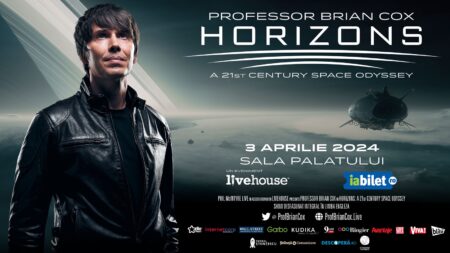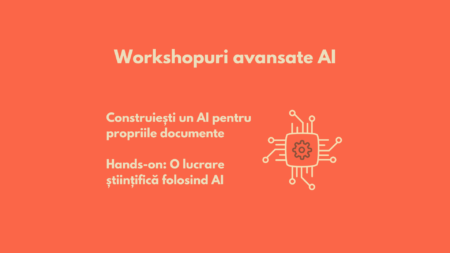I was just saying the experts are coming out into the spotlight and that, bitterly, I'm glad about this. One example is the researcher Romanian-born Albert-László Barabási, who talks about the reason for why we need to 'stop the world', even if the virus is unstoppable. It is not clear whether this article from Adevărul is based on an interview with him or a translation of another article, but it's a very good example of science communication. Here's a quote
If it's unstoppable, why have we put the brakes on social activity? Why are we closing schools, why are we pushing the world economy into recession? There's only one reason - we can slow it down.
Because by doing so, we can save our parents, grandparents and in some cases even ourselves.
Each model predicts that about half of the population will become infected within a year. In the absence of action, the process follows a well-established Gaussian curve - a rapid rise, a peak period and then a decline. During the peak period hospitals cannot provide support for everyone who will need it.
How did the researchers structure the message? He ended up talking about the "Gaussian curve," but he advanced like this:
- He "got under the skin" of his audience and found the question many are asking? (Why fuss if we still can't stop it?).
- He provided a personal, empathetic answer relevant to each reader (He didn't say "X million people are going to die," but personalized the statement.)
- After introducing the technical term of "Gaussian curve" he immediately explained what it implies
- At the end the researcher linked the statistical concept again to something real, concrete, in the our lives (that means hospitals will be overwhelmed)
The structures of of this kind are basic in science communication. The one above I have described here (language: Romanian). There are also the Metaphor, Hourglass and The Solution. These are concepts that I explain in communication workshops, designed specifically for STEM.
A note for researchers: you may be afraid of having your words taken out of context. It happens to everyone. You can see here how Antena 3 took over the same text above.
The temptation is, against the danger of being "interpreted" and "taken out of context", to resort to scientific jargon, the only one that ensures the accuracy of what you say. The advice is not to fall into this trap, but to continue to communicate as vividly and as easily as possible. You stand a much better chance of reaching your audience.
After all, even those who read that fateful headline on Antena 3 clicked and could read the researcher's full speech.






